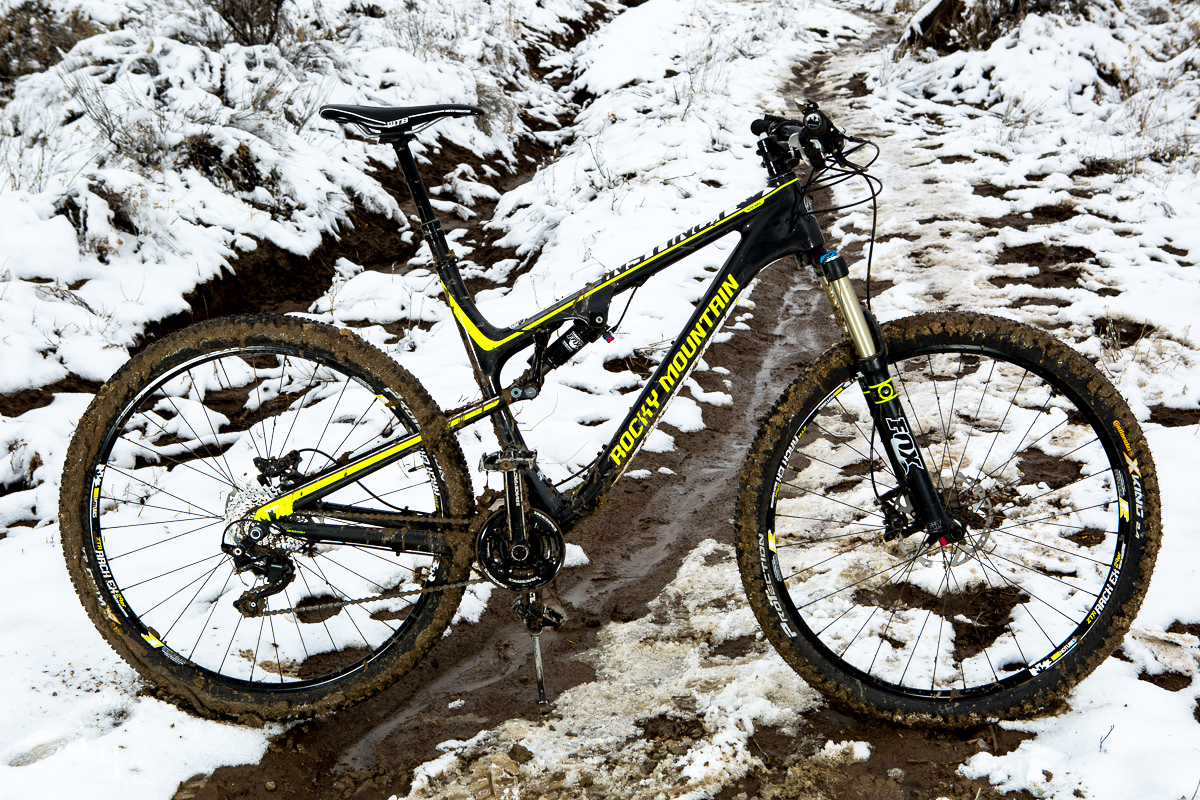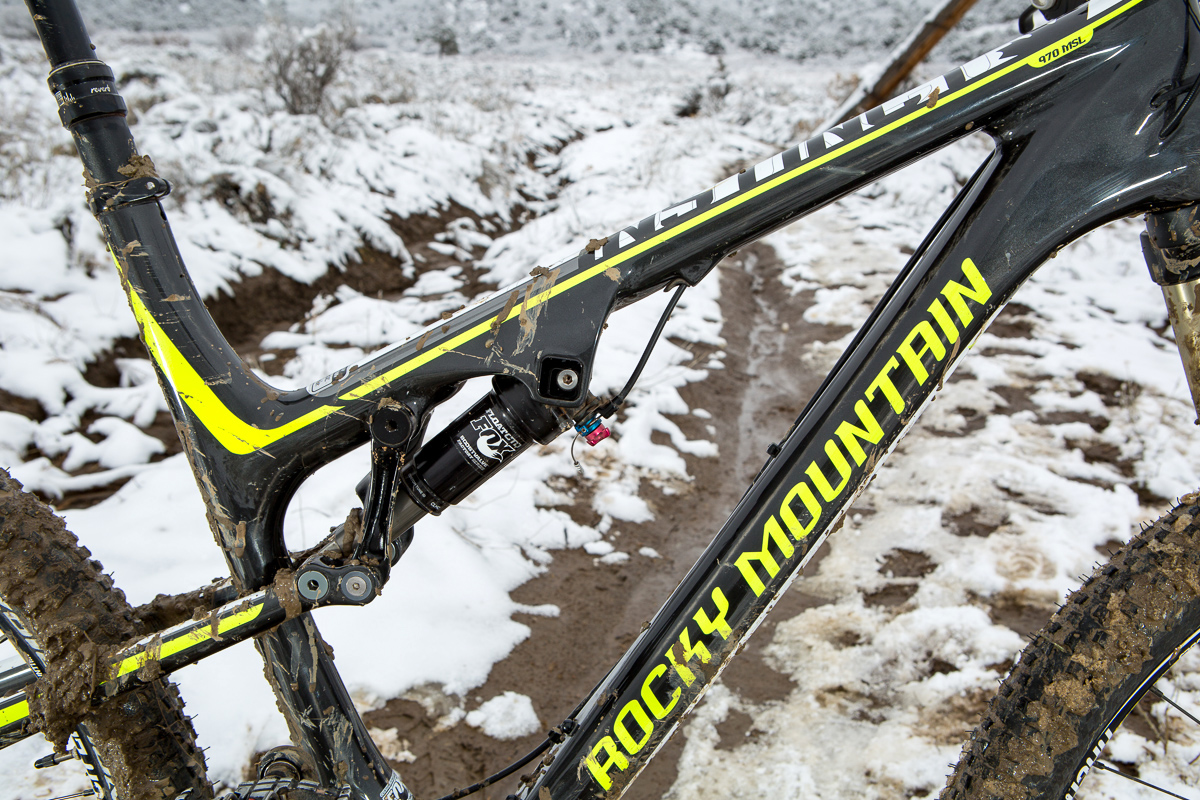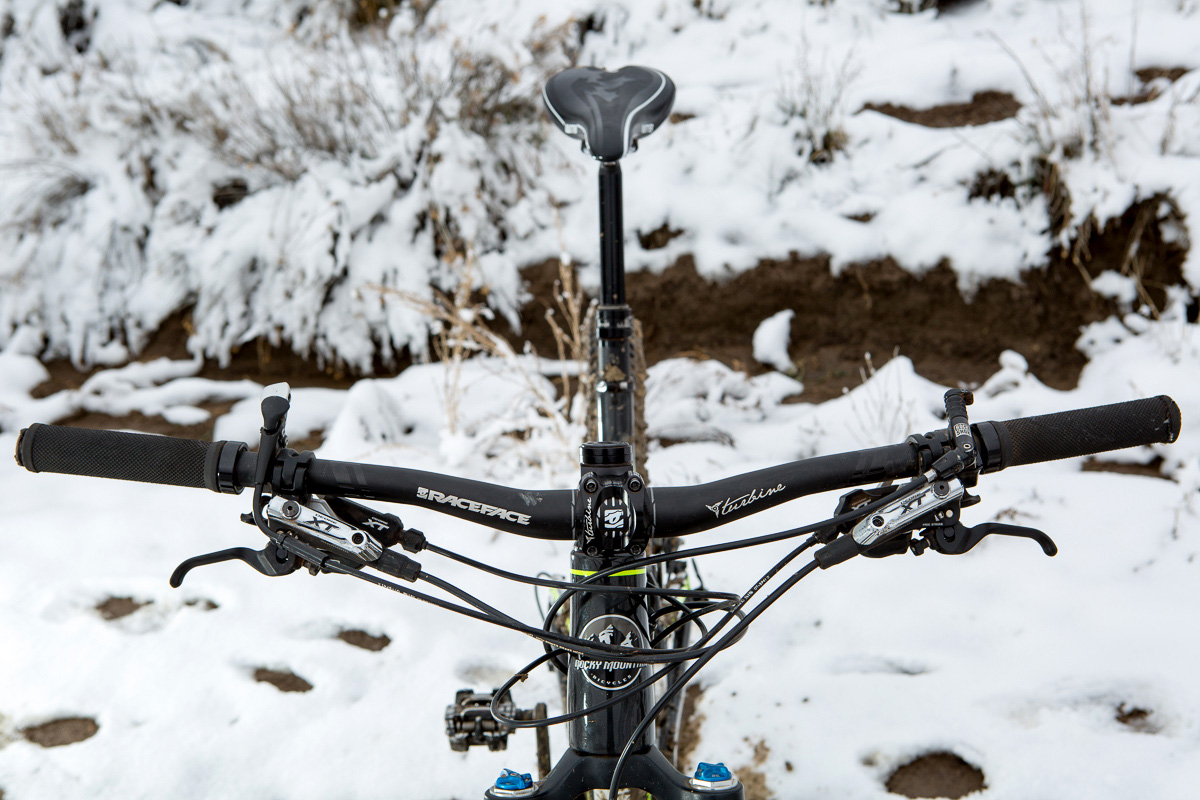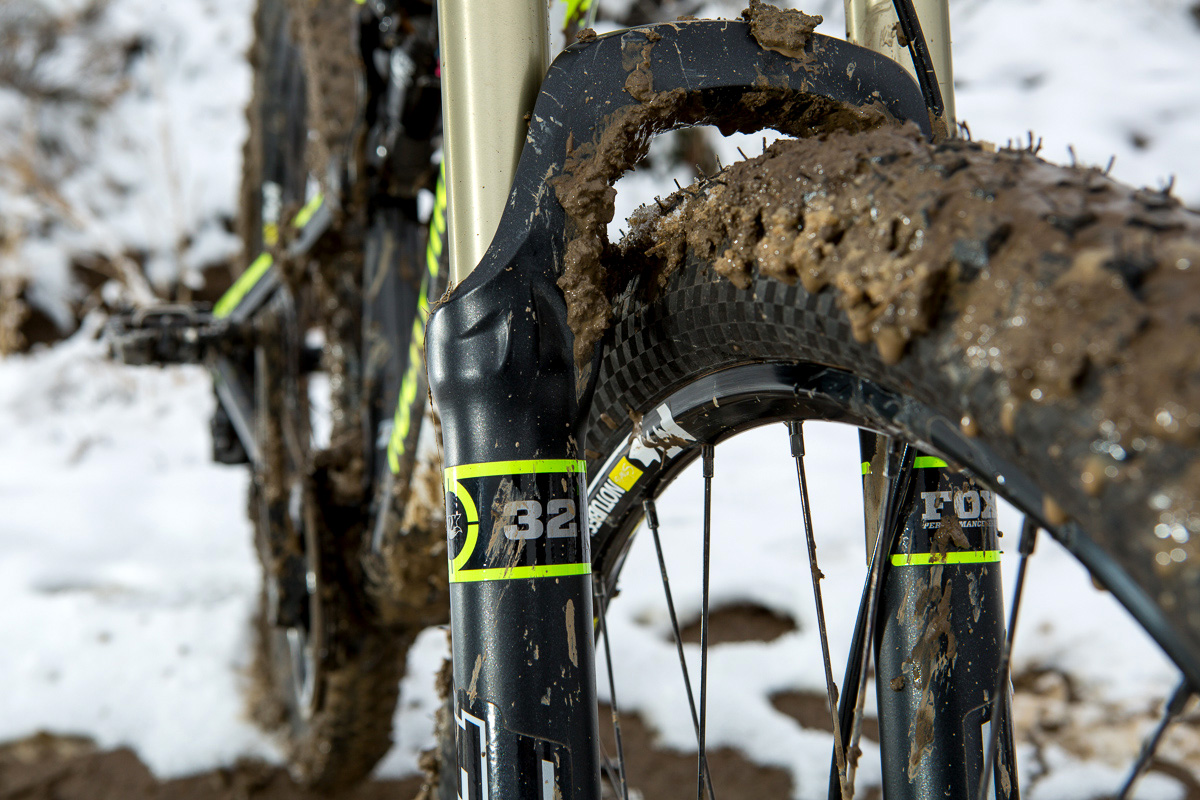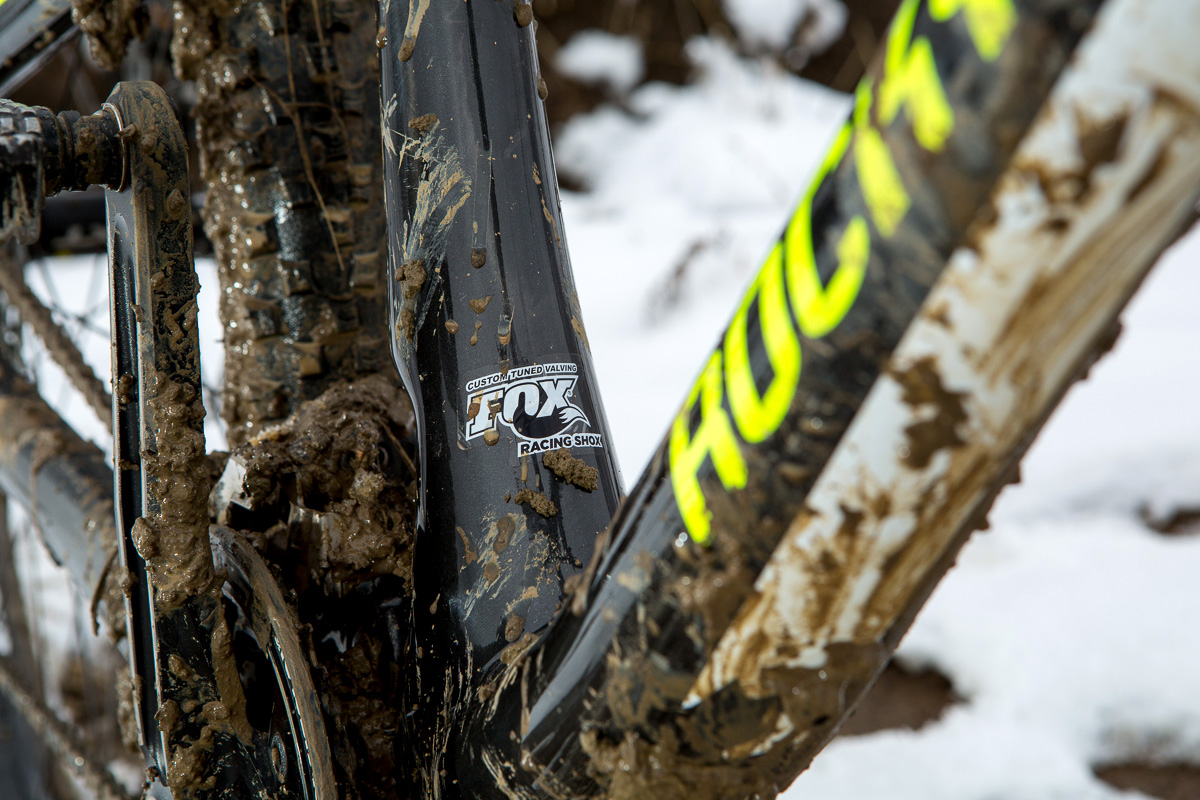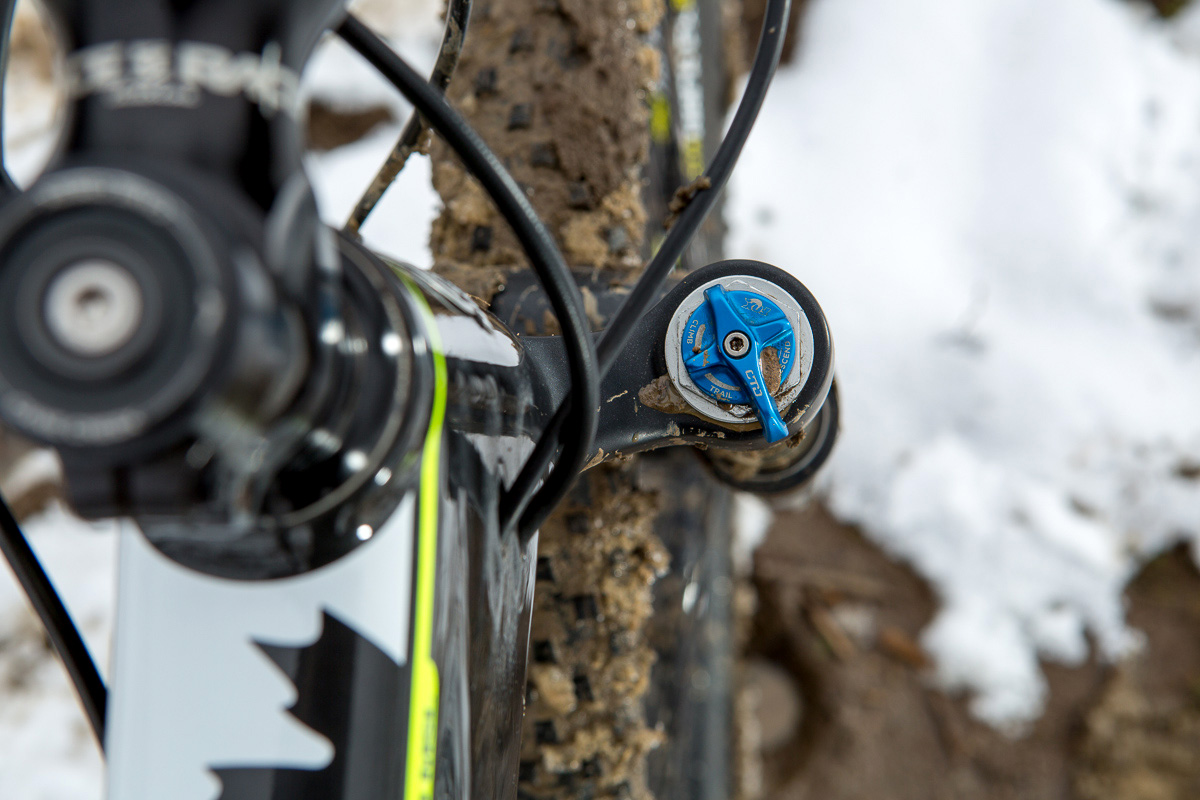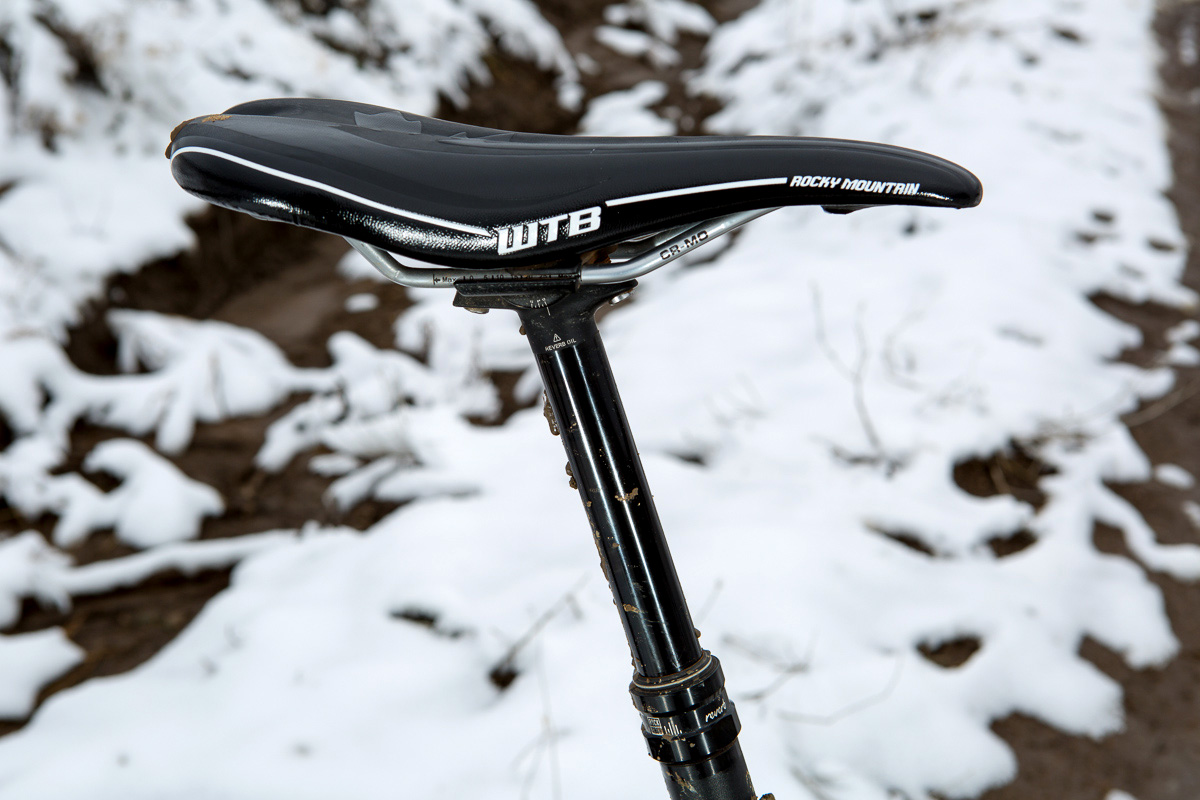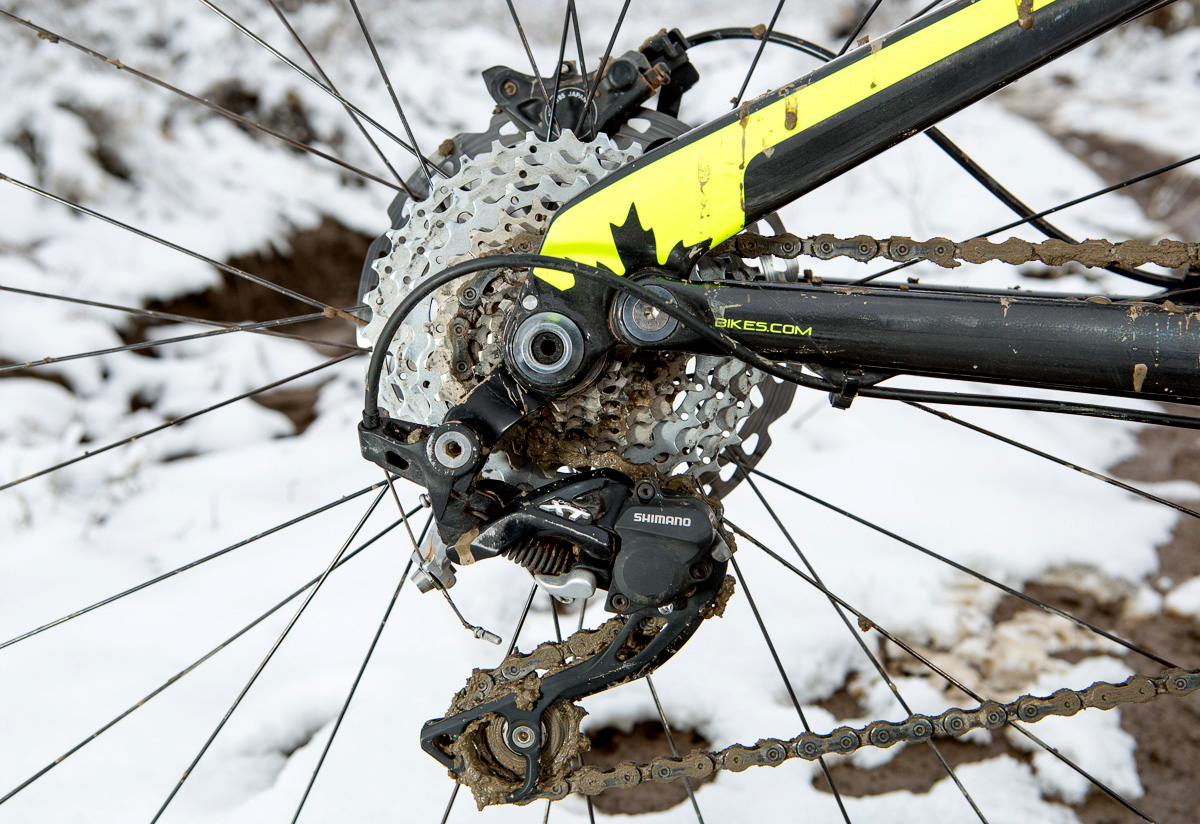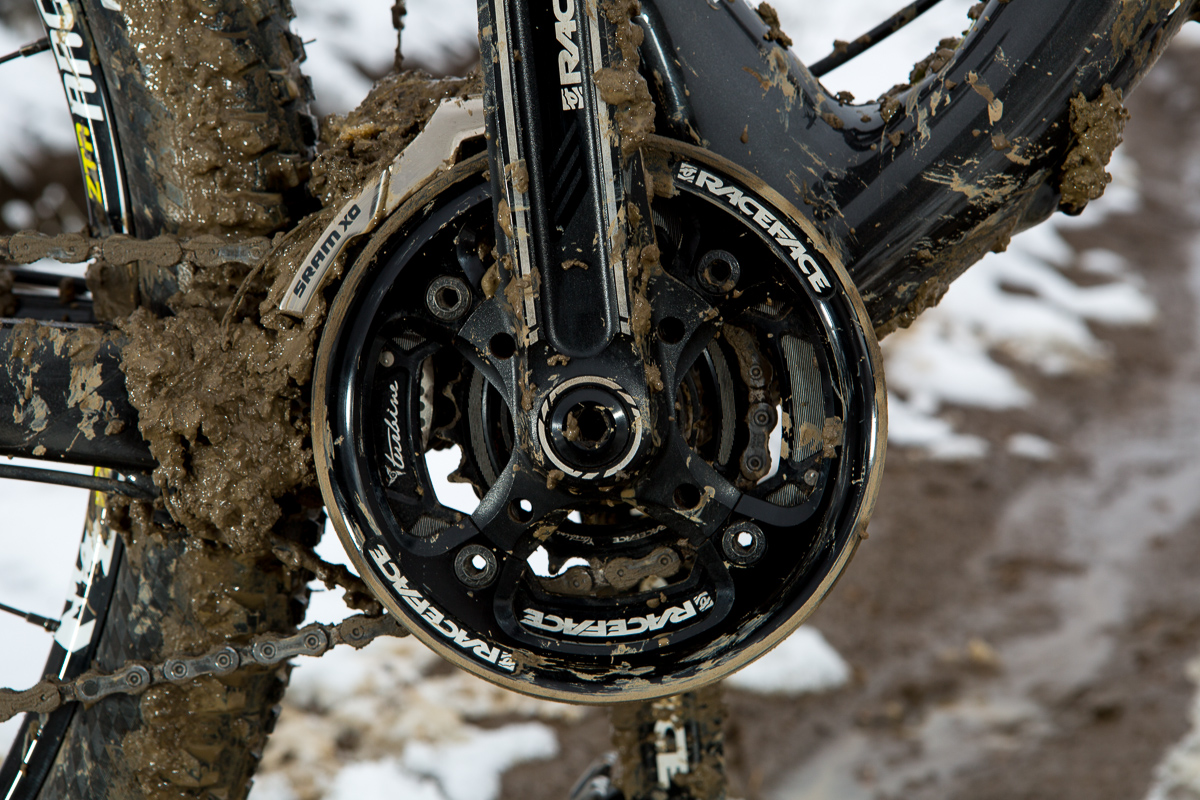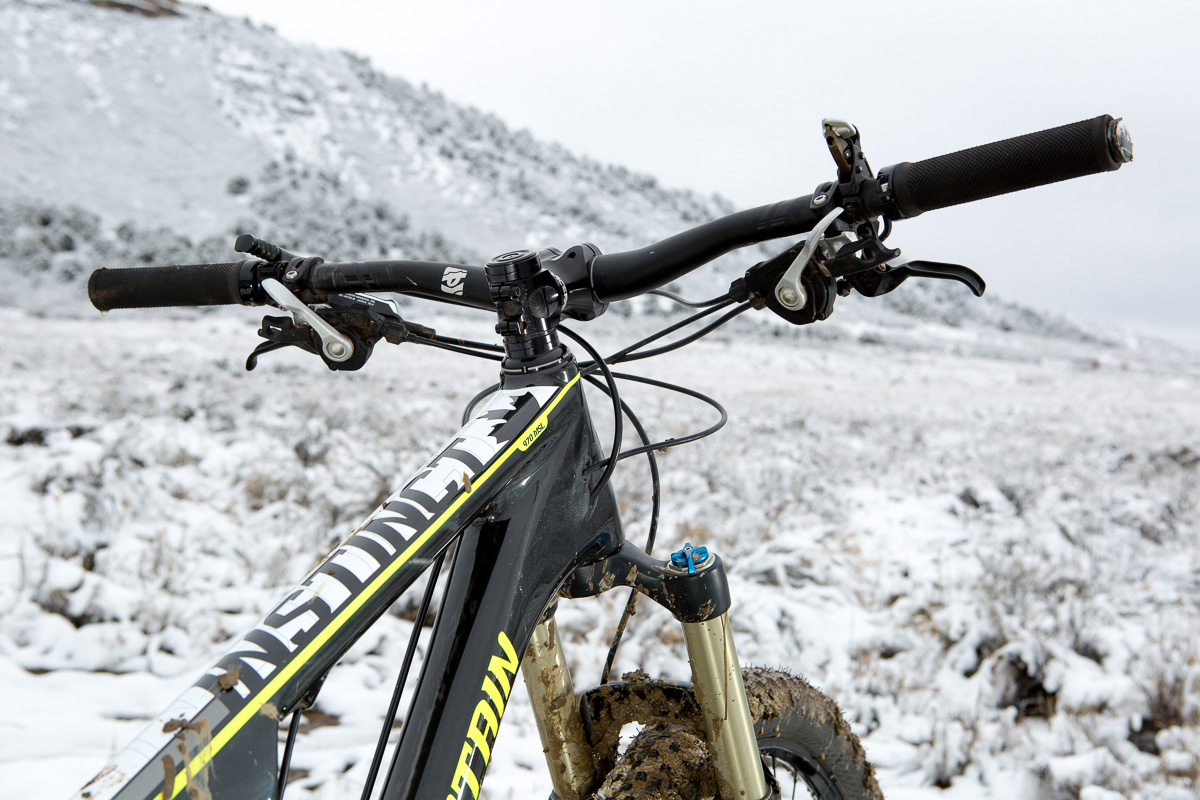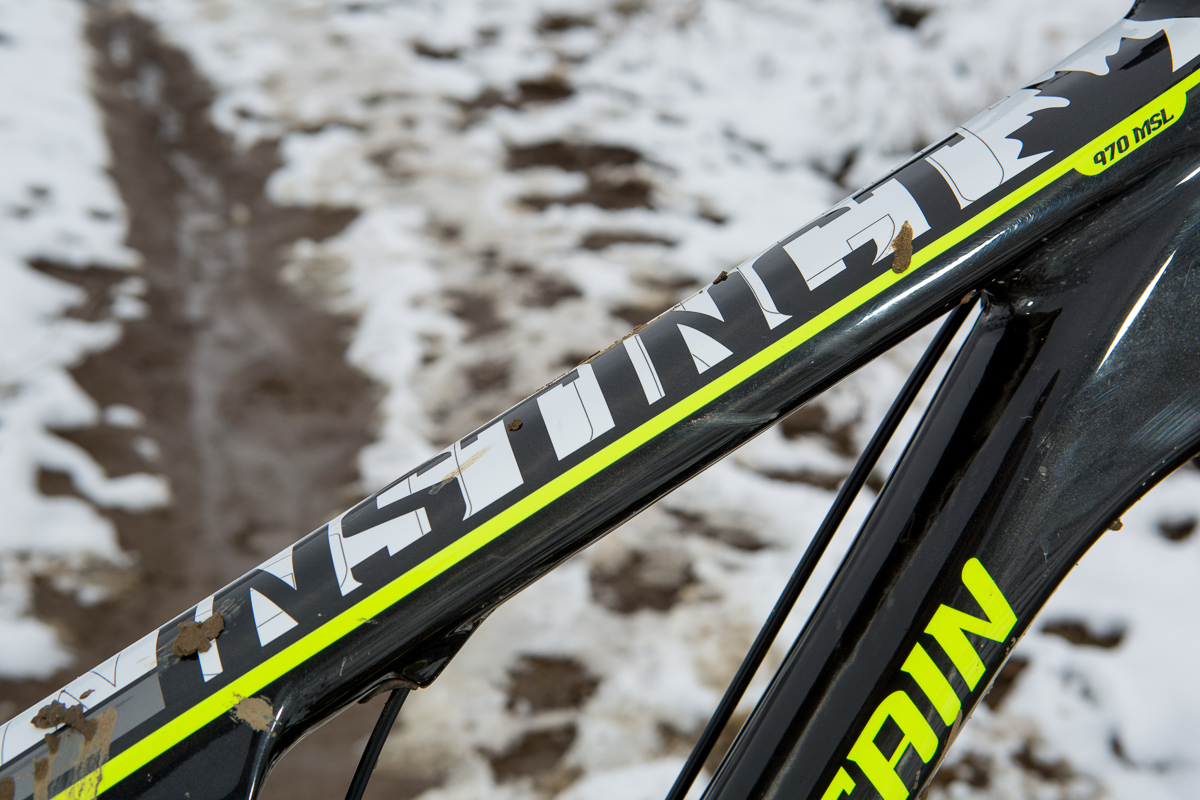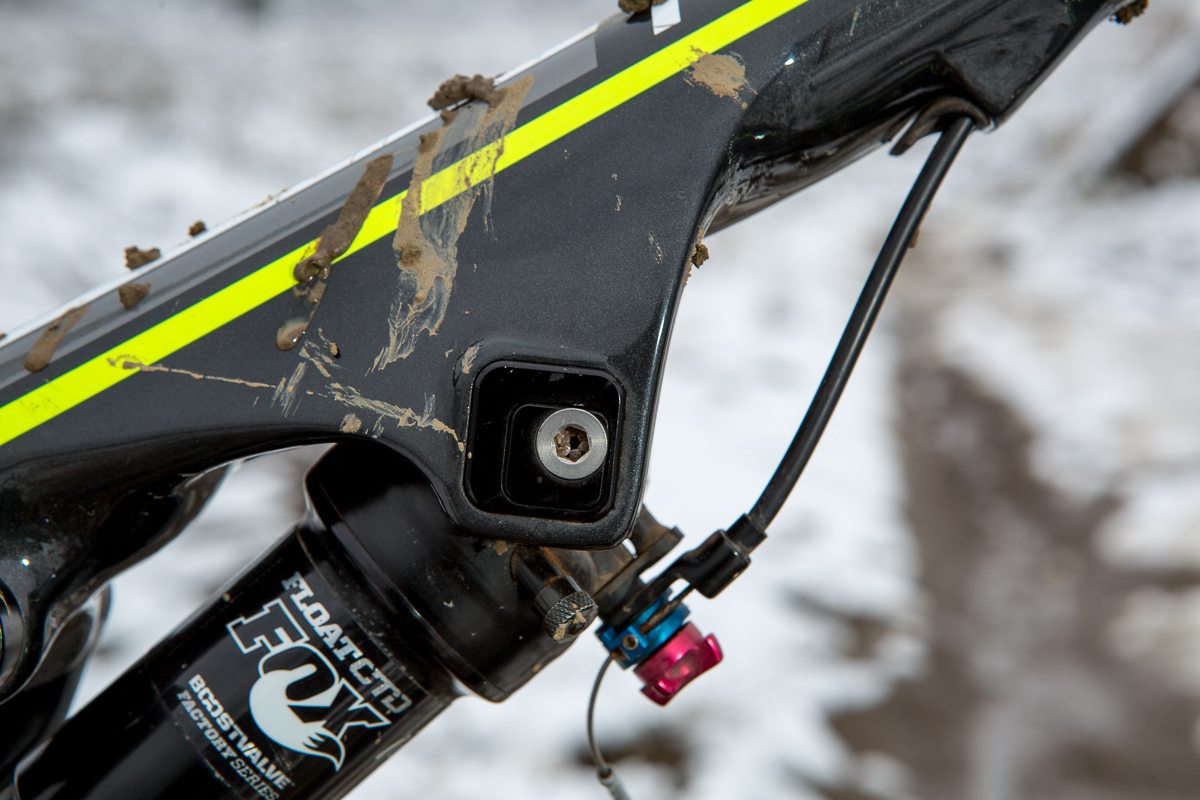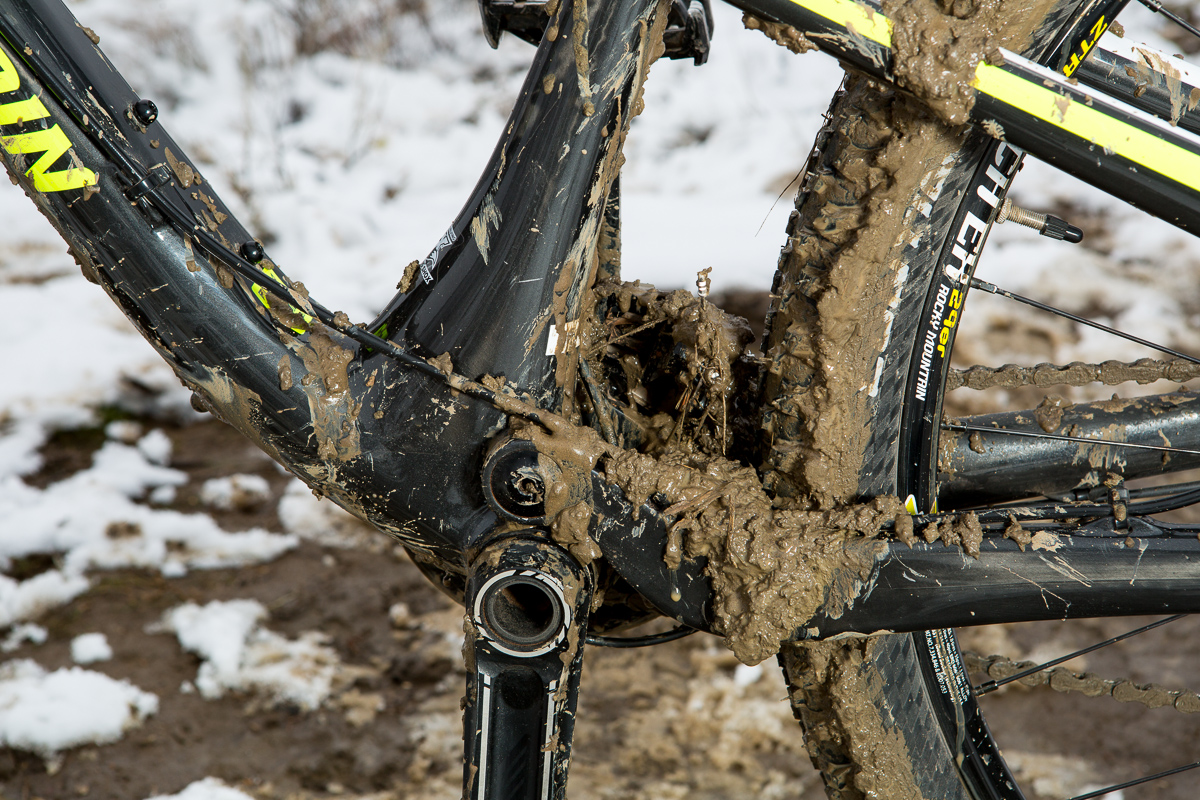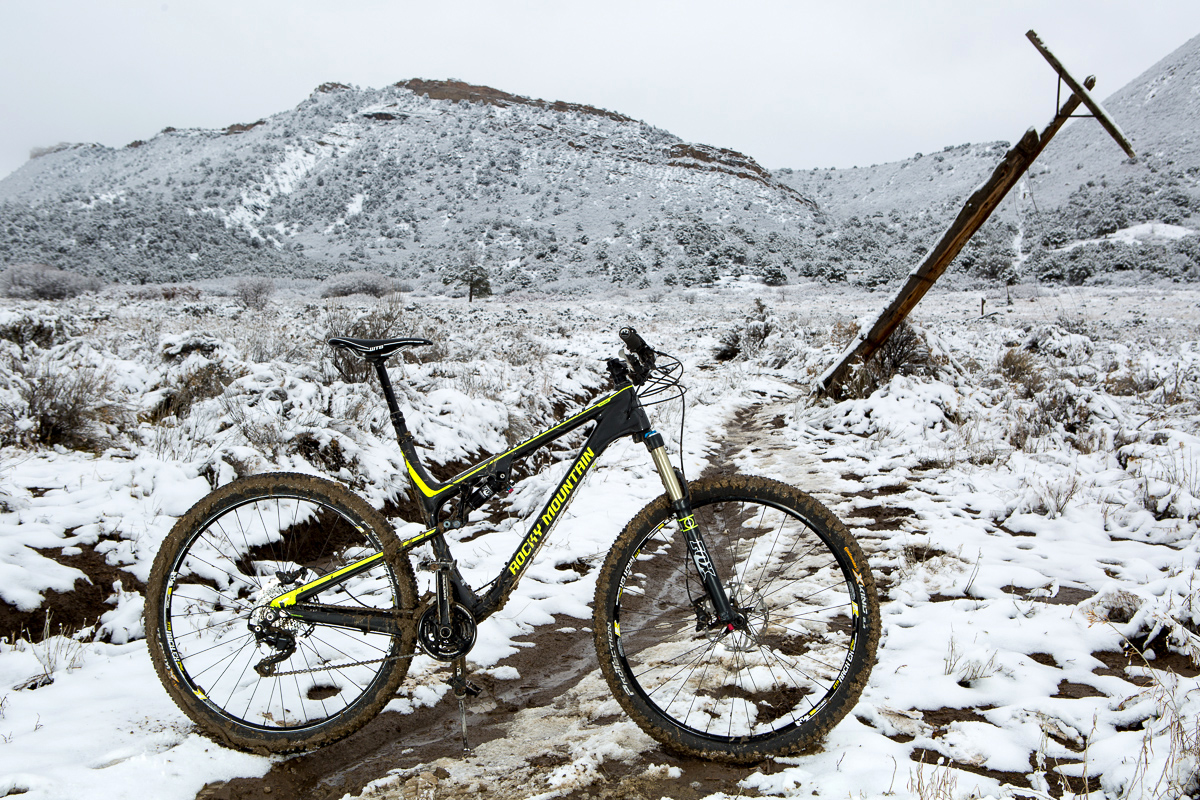
Words and Photos by Ben Gavelda
Rocky Mountain Instinct 970 MSL ($5,400, complete)
Test Locales: Mt Seymour, Greater Durango area, Moab
Overview
What defines a trail bike? Aren’t all mountain bikes by definition ‘trail bikes?’ I guess it all comes down to your perception of trail, and what you ride most often. For some that means crumbly singletrack interrupted by gap jumps, for others it’s chasing that windy ribbon of dirt as long as the body can go, or until the trail ends. While the latter best describes this bike—a highly capable steed with a hunger for gobbling up miles—a rider with the right skill set can also take it down some pretty nasty descents. The 130mm of travel, 29-inch wheels and adjustable geometry put it into the trail bike category, but these are some loose boundaries, people. The frame’s rigidity and strength coupled with a number of different build options can place it near the all-mountain/enduro or XC/marathon classes at the same time. After a good dose of time in the saddle late into the season and into the trails of the southwest, here’s what we found.
Design
The Instinct is downright sexy. The beautiful carbon layup and overall design gets better as you get closer. It goes from slender to meaty, both voluptuous and scant in all the right places. Fine details like internal cable routing finish off Rocky’s Smoothwall carbon build process, one that utilizes rigid molds over traditional air bladders, which removes excess resins and fibers while maximizing the weight-to-stiffness ratio. A few other frame highlights are the use of angular bushings in the pivots, which are eons better than bearings in terms of weight, reliability, service, etc. This rig also comes with Rocky’s Ride 9 rear shock bolting that offers 9 subtle changes in geometry with a few tweaks of the aluminum chips. Rocky has a handy Ride 9 site to help you customize the setup. Although subtle, we felt the adjustment a worthy tweak for the rider and type of riding.
Cornering
This is a big rig. If you’re familiar with 29ers, it shouldn’t come as a surprise that it takes a bit more heave-ho to keep ‘er rolling through tight turns. While the larger rubber grips, the difference in braking speed and the momentum of those big wheels should also be noted. The chainstay (452mm, XL) and wheelbase (1158mm, XL) are on par with similar trail bike contenders. The small change in cornering technique is well worth the lengthy wheelbase and end-to-end stability you get in return.
Climbing
The Instinct truly shines when gravity is working against you. Sure, big-wheeled whips by nature are excellent climbers, but this bike’s geometry, carbon response, adjustable fork and rear shock, and active Smoothlink suspension seem to grip and hurtle upward on climbs. Part of this magic comes from the custom-valved Fox CTD (climb, trail, descend) suspension, which easily and rapidly changes from gooey rock gobbler to rigid mountain goat, or something in between in ‘trail’ mode. The other part of the magic is Rocky’s Smoothlink travel design that places the chainstay pivot above the axle, resulting in a more neutral affect on suspension when pedaling. Although quite rigid in ‘climb’ mode, the small bit of designed squish provides the perfect amount of traction. Far less balancing and trials tactics were needed on climbs, just some hard hammering on the pedals did the trick. If a few rides can’t boost your Strava sitting on those climb segments, then you might need to revisit some Richard Simmons tapes.
Descending
The rear wheel travel and stability on the down is stout. In fact, the back end feels like the rear end of beefier enduro or all mountain rig, which is a confidence booster when tearing through talas, crumbly red rock or buffed out desert trail at high speeds. With custom tuned Fox suspension, and the ability to quickly alter the geometry for a slacker ride, it certainly feels like you’re getting more than 130mm out of the rear wheel. This test bike took some heavy, bottoming-out hits quite well without a dreaded ‘clank.’ Our tester on the other hand managed to rack up some of the hardest slams of the season. While the rear end and boxy head tube are sturdy, the cockpit is on the jittery side. This can be easily remedied to suit your riding style though. The shorter stem and 15mm thru axle help front end stability, but the 32mm fork stanchions, pinner 2.2 tires and mid-width bars certainly do a bit of dancing on the down. Wider bars and wider tires would seem to suit the headtube stiffness for more aggressive descents. Or better yet, check out the Instinct BC Edition, which has all of the above (Fox 34 Float 140mm, DH width bars, 2.4” tires, and beefier wheels).
Final Thoughts
This model Instinct comes equipped with a pretty dreamy build kit and it’s truly capable of tackling everything from XC marathons to all-day epics right out of the box. The XT brakes, Rock Shox Reverb seatpost, SRAM/Shimano 2x10 drivetrain and Fox remote lockout lever are a few highlights. While pretty well suited for most every trail, we’d side on the BC edition for more confident descents, but that’s just us. Another accolade is the carbon rigidity in the right places and the comfortable geometry that seemed to wash away even the slightest sign of fatigue. If there was one way to sum up the ride, it’d be that the bike just wanted to go. It begged for those long rides, those technical climbs, and those all day Sunday pedals.
